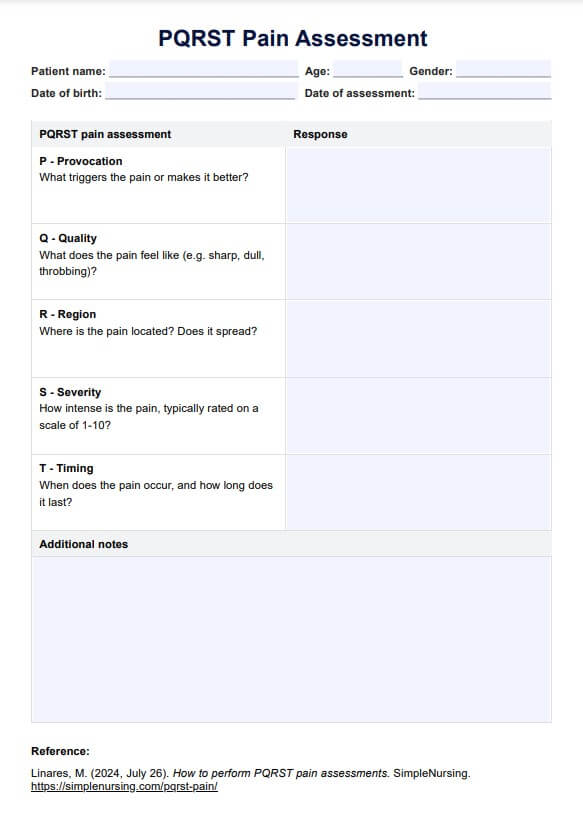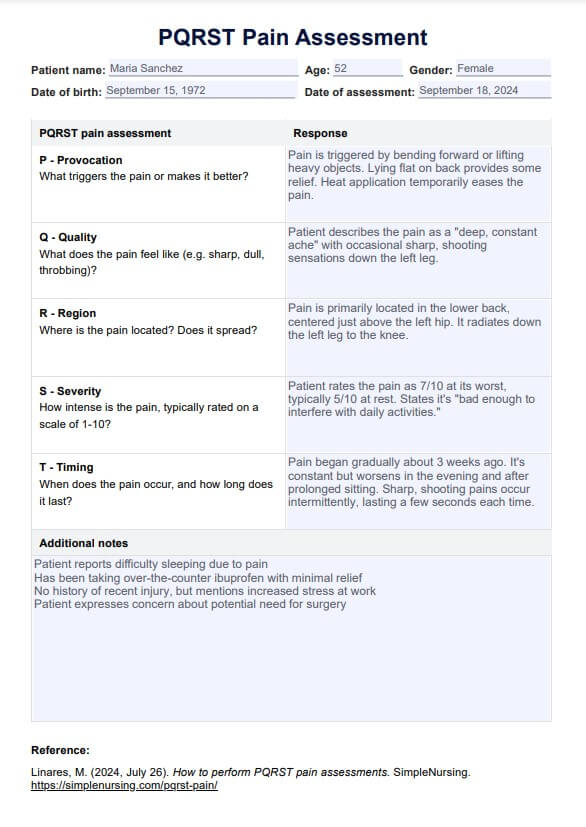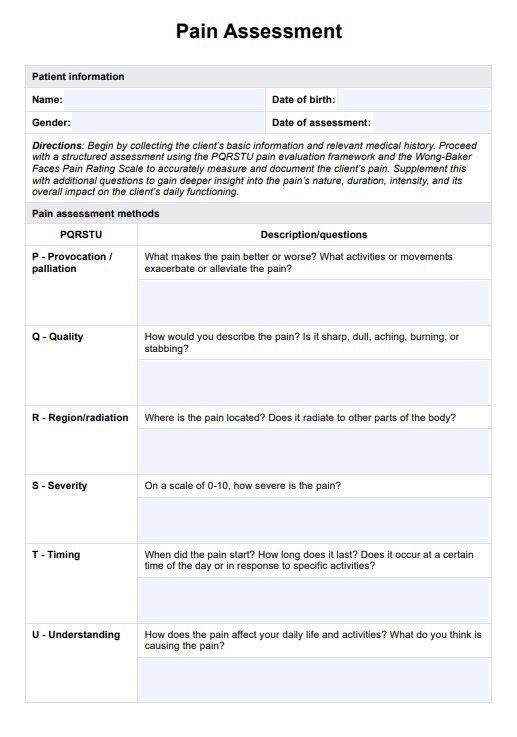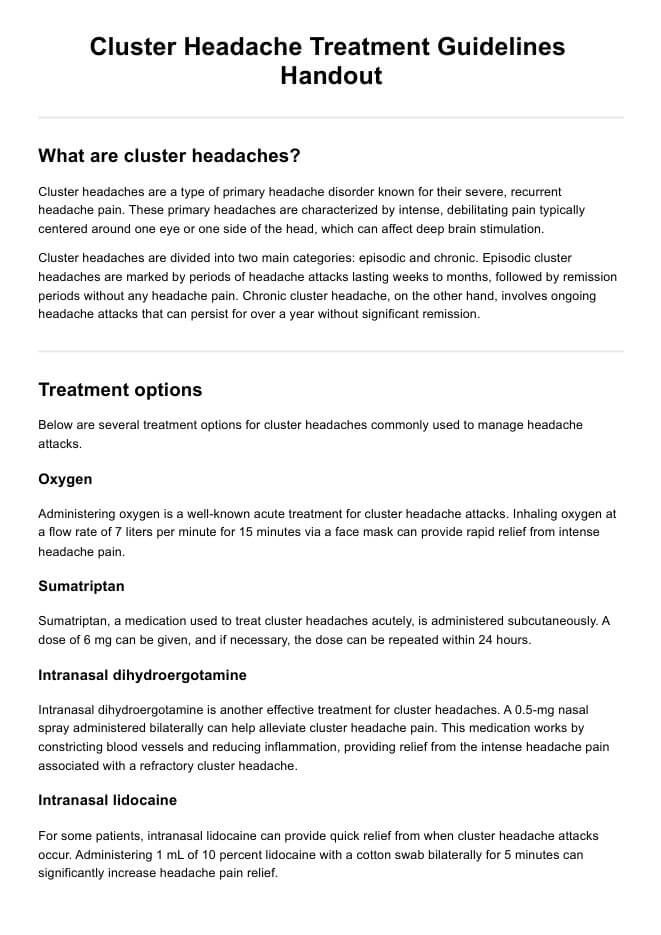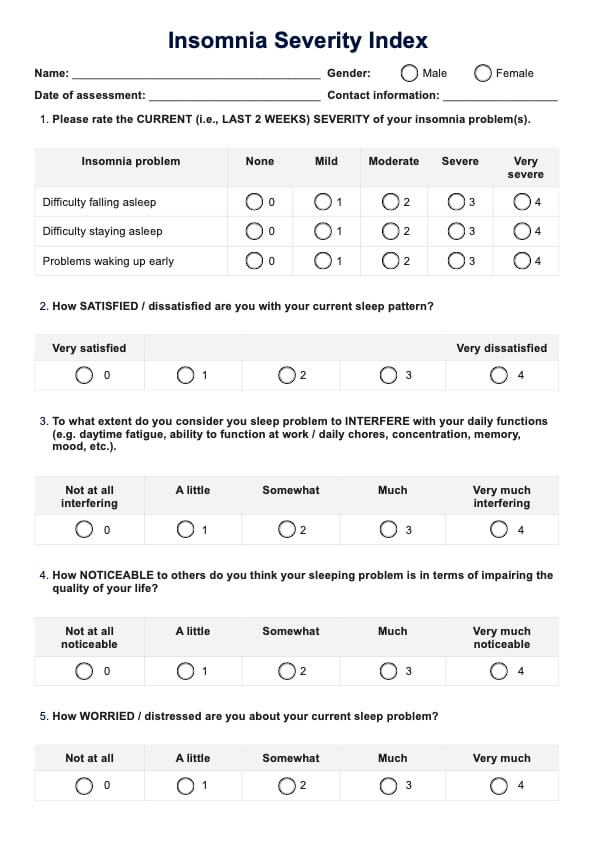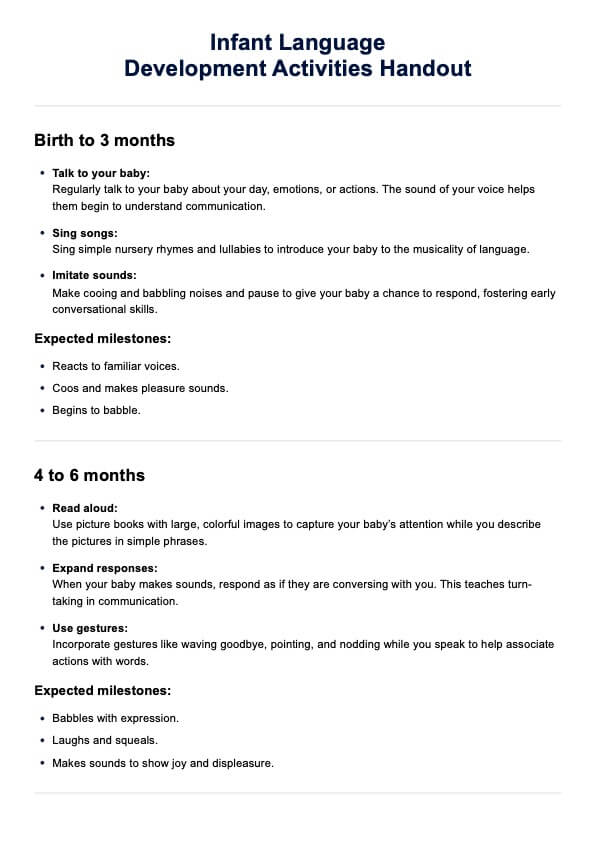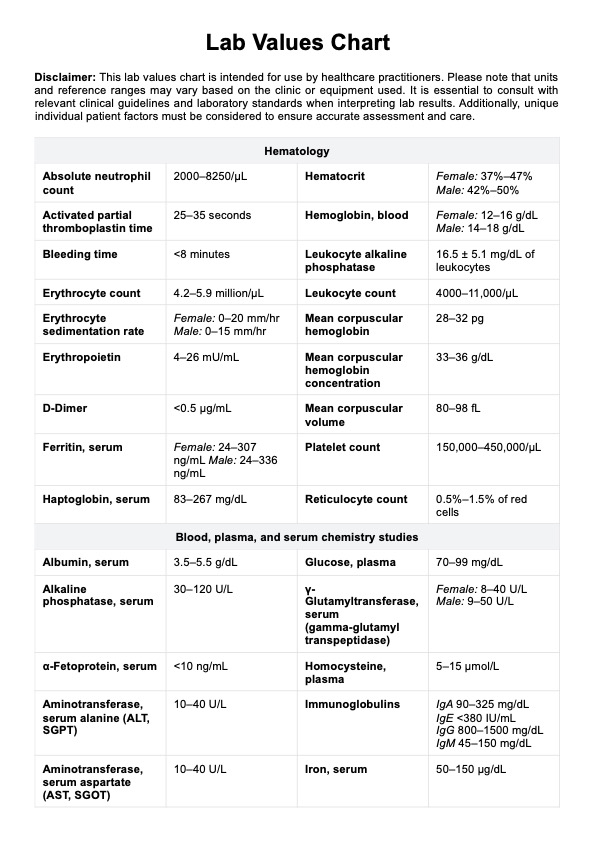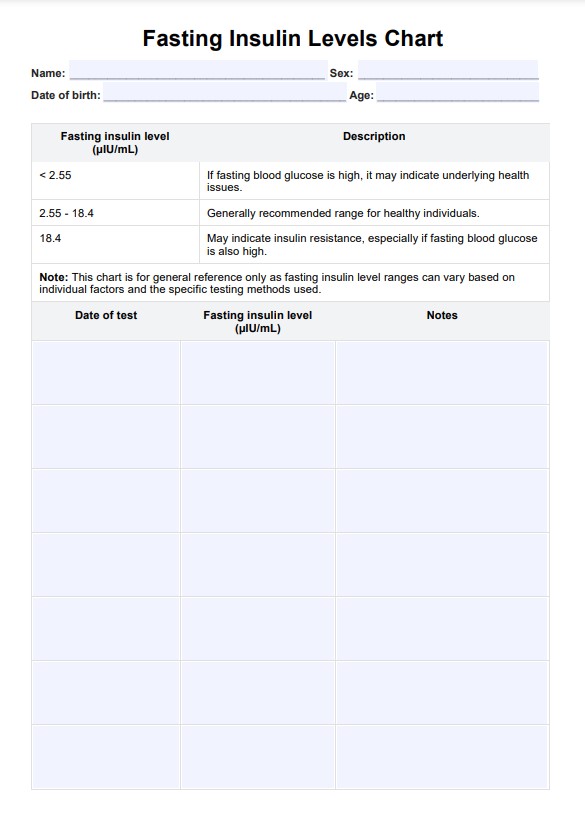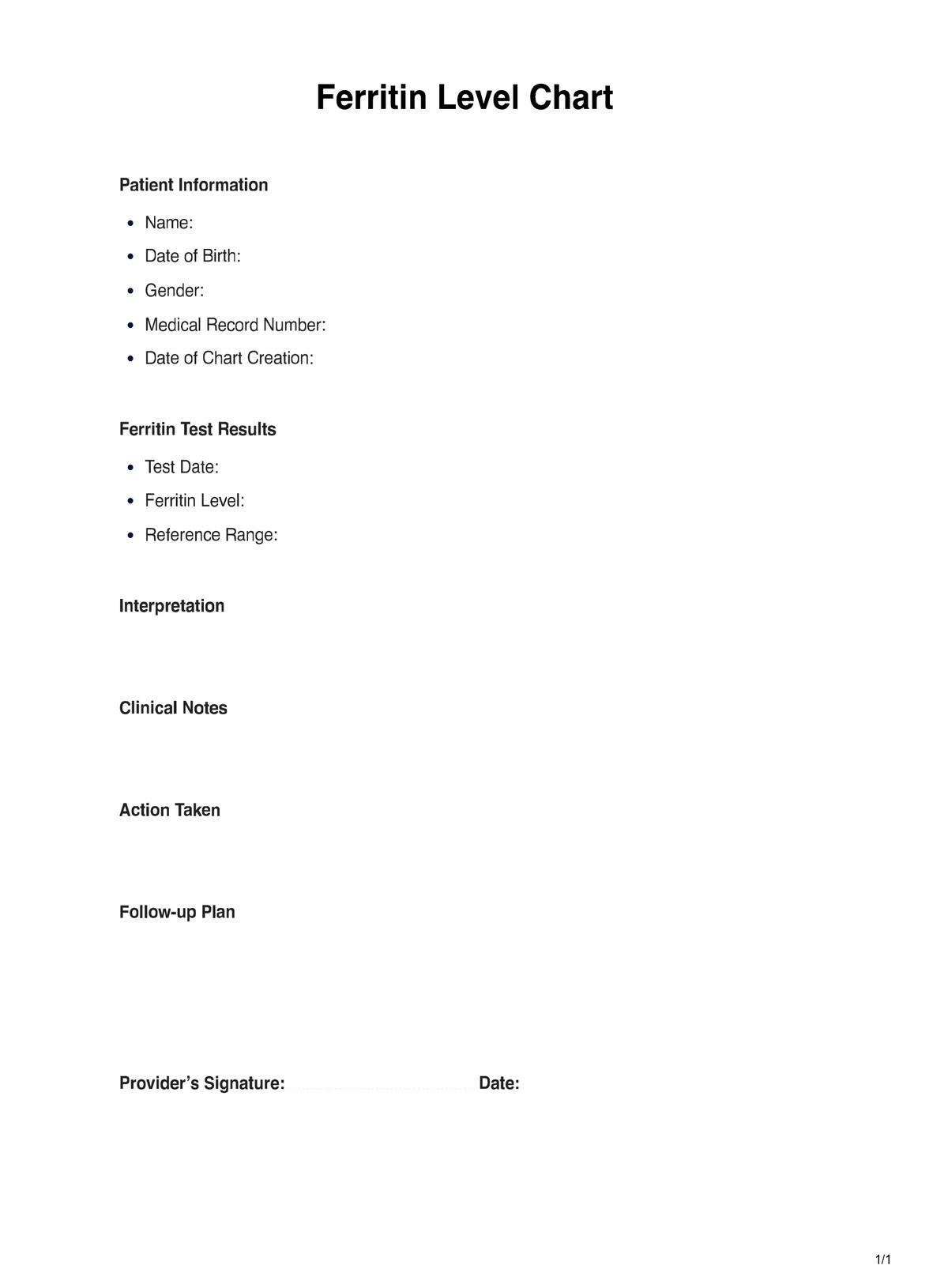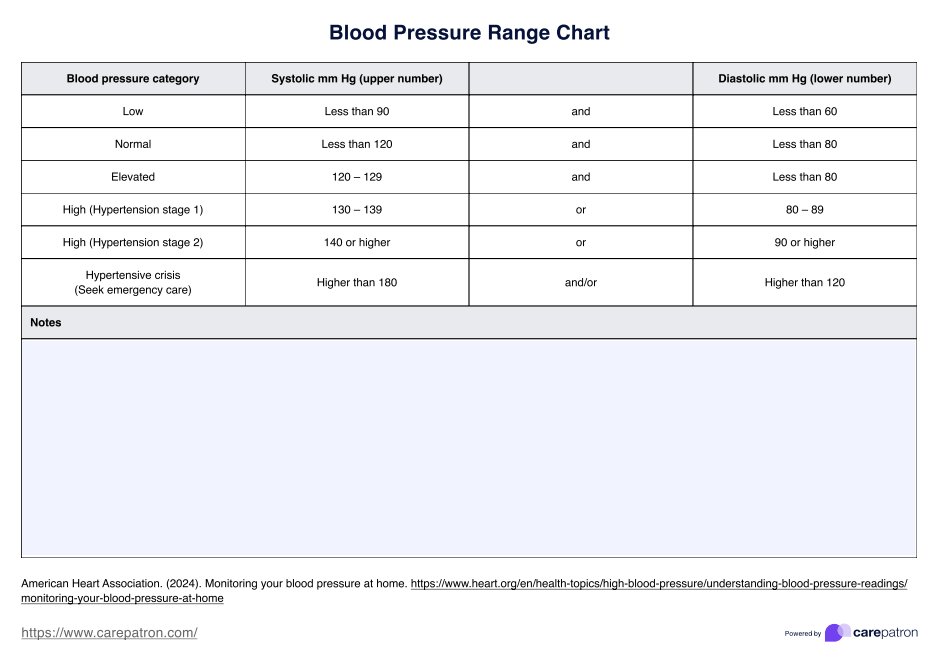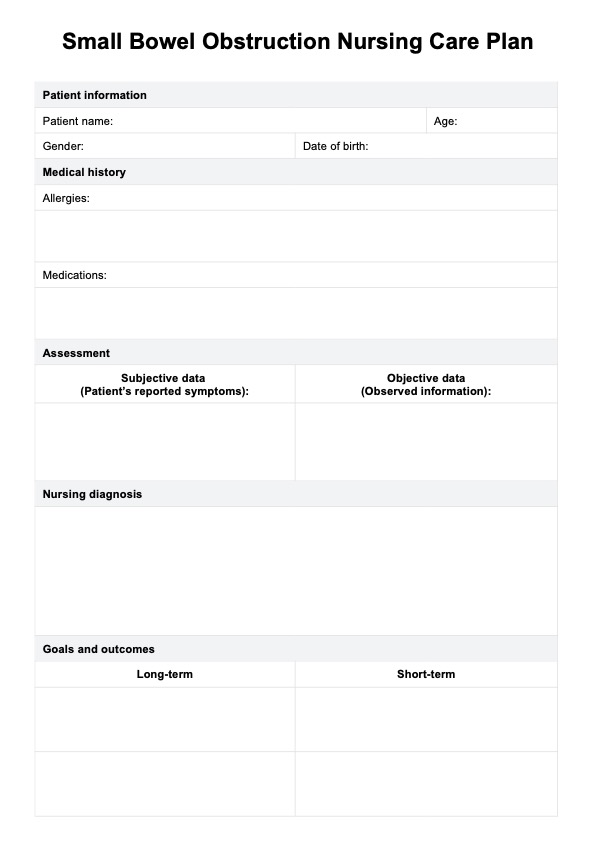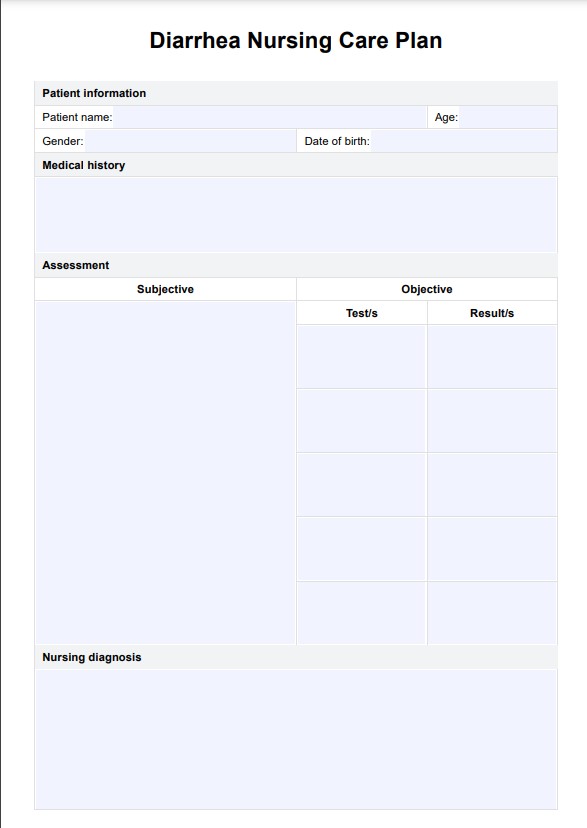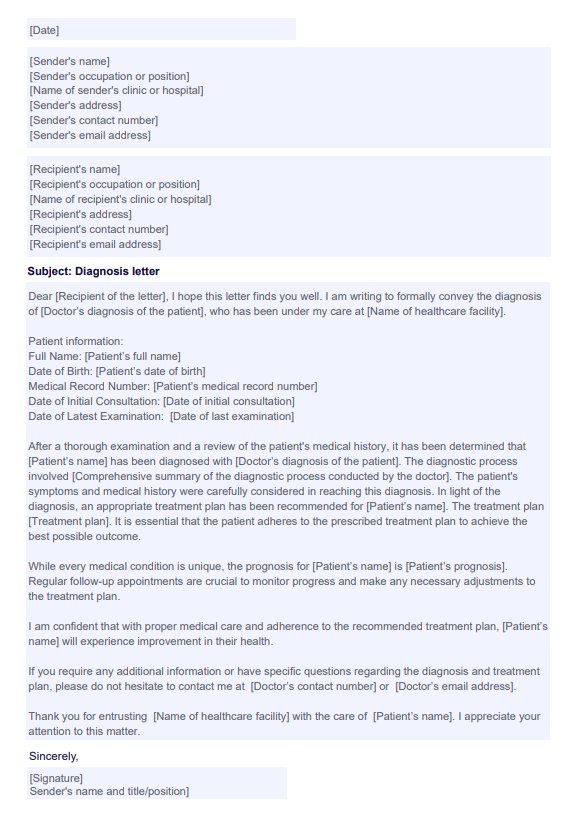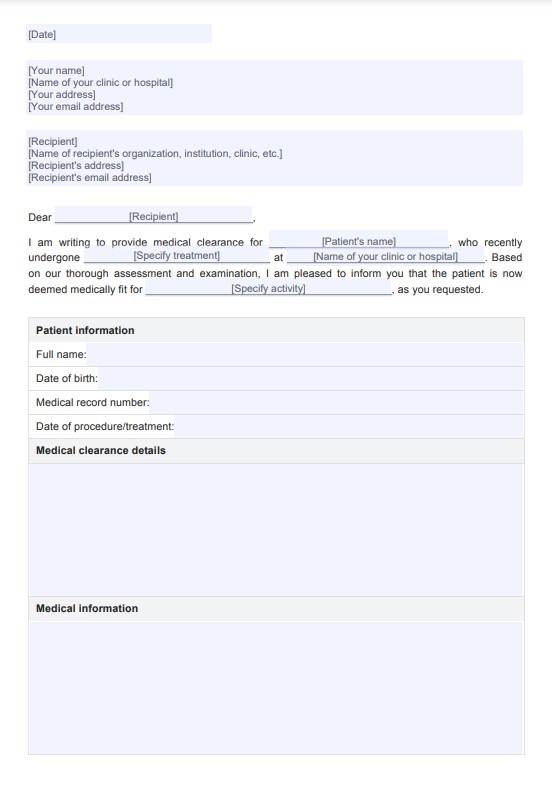PQRST Pain Assessment
Learn about PQRST Pain Assessment and its five components. Get free access to a PDF version and example.


What is the PQRST Pain Assessment?
Pain is a complex and highly individual experience that can be difficult to express in words. It can range from mild discomfort to severe, debilitating agony. It is often multidimensional and involves both physical and emotional components. For this reason, healthcare providers use various tools to assess pain in their patients.
One of these tools is the PQRST Pain Assessment. PQRST stands for Provocation, Quality, Region, Severity, and Time. It is a comprehensive assessment that helps healthcare professionals understand their patient's pain and make appropriate treatment decisions.
The PQRST Pain Assessment has five components:
- Provocation: This includes any activities or situations that provoke pain or injury, such as movement, breathing, or body posture;
- Quality: This looks at the characteristics and quality of the pain, such as its intensity, location, and duration;
- Region: This explores how the pain moves from one area of the body to another;
- Severity: This involves the person rating the pain on a scale from 1-10 and;
- Time: This component asks how often does the pain occur and how long it lasts.
Clinicians can utilize the PQRST in various settings and scenarios such as in abdominal pain, chest pain, or nociceptive pain. It is often used to track an individual's progress in treatment and help determine if a particular intervention affects their pain.
PQRST Pain Assessment Template
PQRST Pain Assessment Example
How does this PQRST Pain Assessment work?
Our free PQRST template is designed for healthcare professionals to quickly and easily document the five components of assessing pain. This can be completed in a clinical setting or through telemedicine. The template includes a description of each element and a scoring point system to rate the severity of injury and pain.
To get started, you can follow these simple steps:
Step 1: Access the PQRST Pain Assessment
Download the template using the link on this page or within the Carepatron app. You can also get it from our resources library, which includes many helpful worksheets, templates, and assessment tools for your practice.
Step 2: Assess the patient's pain
Provide a copy to your patient and explain the purpose of the assessment. You can conduct this as an interview with patients going through the PQRST questions and filling out the template. Accurate documentation of responses during the PQRST assessment is essential for effective communication among healthcare providers and monitoring treatment efficacy. The Severity scale would involve rating pain from 1-10, while other scales evaluate other aspects of pain.
Step 3: Complete the assessment
Review your patient's answers to gain insight into their pain experience, and write down any additional observations. After you have finished, document the results in the patient's medical record. Through sessions and consultations, you can also note changes in severity, patient satisfaction with management strategies, and any interventions taken based on patient feedback.
Step 4: Secure the form
Make sure to keep the assessment in a secure location for safekeeping. It can either be a physical location or a digital platform, such as our Carepatron app.
When should you use a PQRST Pain Assessment PDF?
You can use a PQRST Pain Assessment PDF to evaluate your patient's pain intensity, location, and duration. You can also utilize this comprehensive tool if or when:
Your patient is experiencing chronic pain
Using the PQRST Pain Assessment, you can determine the severity and progression of your patient's chronic pain over time. It will also help you assess whether any interventions are easing their condition or making the pain worse.
You are trying to diagnose the cause of pain
The PQRST Pain Assessment test can help you identify potential sources of pain and enable you to make a timely and accurate diagnosis.
Your patient is undergoing pain management
Using this tool, you can track your patient's progress in pain management and understand if any treatments or pain medication is helping to reduce their pain levels.
Your patient has a range of pain symptoms
The PQRST Pain Assessment can help you effectively evaluate injuries and manage various symptoms, such as acute pain, visceral pain, or stabbing pain. It is handy in cases of injury where the cause of pain is unclear or multi-faceted injuries.
Your patient will undergo a procedure or surgery
Using the PQRST Pain Assessment, you can develop an accurate pre-operative assessment of your patient's pain and prepare for potential complications. This will also help you determine the best treatment options for your patient-referred pain before and after surgery.
Who is this printable PQRST Pain Assessment for?
The PQRST Pain Assessment can be used by a variety of healthcare professionals, including:
- Nurses
- Physicians
- Physical therapists
- Rehabilitation specialists
- Pain management specialists
Patients can also use this tool to self-report their pain levels and track their progress. However, this should only be done under the guidance of a healthcare provider.
Benefits of free PQRST Pain Assessment form
This free pain assessment form offers fantastic benefits for healthcare professionals. Here are some of them:
It's easy to use
The PQRST Pain Assessment is incredibly easy to use and understand. It consists of simple, straightforward questions for patients to answer, which means they can complete it quickly and effectively.
It's completely digital
This tool is available in printable and digital forms, so you can easily access it from any device. This also makes it easy to store and secure your patient's data.
It's comprehensive
The PQRST Pain Assessment is a comprehensive tool that covers all aspects of pain, including location, intensity, and duration. It ensures an accurate view of your patient's condition.
It lets patients voice out concerns
The PQRST Pain Assessment provides a platform for patients to voice their pain levels, concerns, and worries without fear or judgment. This encourages open communication between patient and provider while building trust.
Commonly asked questions
The PQRST Pain Assessment is popular among healthcare professionals because it provides a comprehensive and systematic approach to understanding a patient's pain, essential for effective treatment planning. By breaking down the complex experience of pain into manageable components, it enhances communication between patients and providers, allowing for more accurate diagnoses and tailored interventions.
Scoring the PQRST Pain Assessment involves evaluating each of its five components. The Severity scale is typically rated from 1 to 10. Higher scores indicate greater severity or impact of the pain, with 1 representing no pain and 10 being the worst pain imaginable. This quantification helps healthcare providers gauge the intensity and implications of the patient's pain experience. Other scales assess other aspects of the pain experienced by patients.
Each component of the PQRST assessment should be documented in detail. For instance, note the patient's self-reported pain score, descriptions of the pain's characteristics, and any factors that aggravate or alleviate it. Additionally, it's important to record any changes in the pain score after interventions, the patient's satisfaction with their current pain management strategy, and timely reassessments following treatment.


